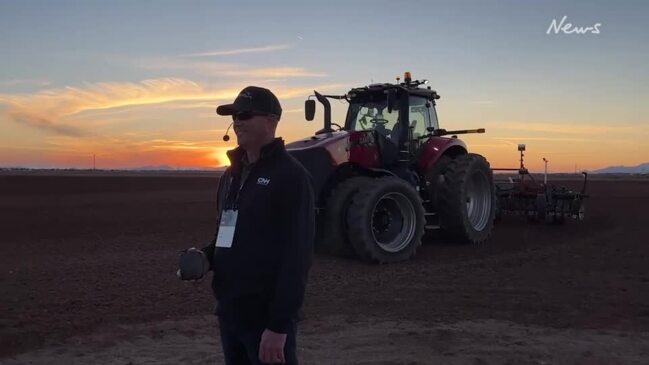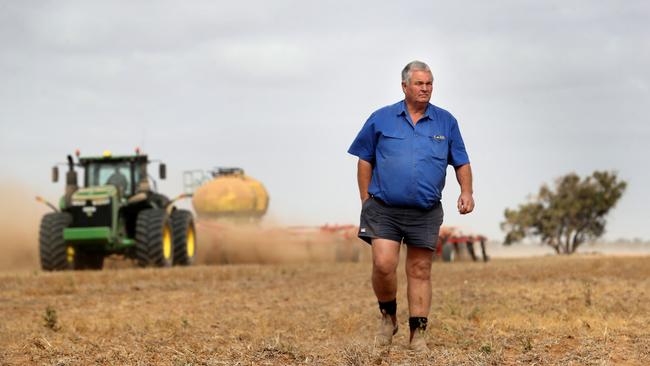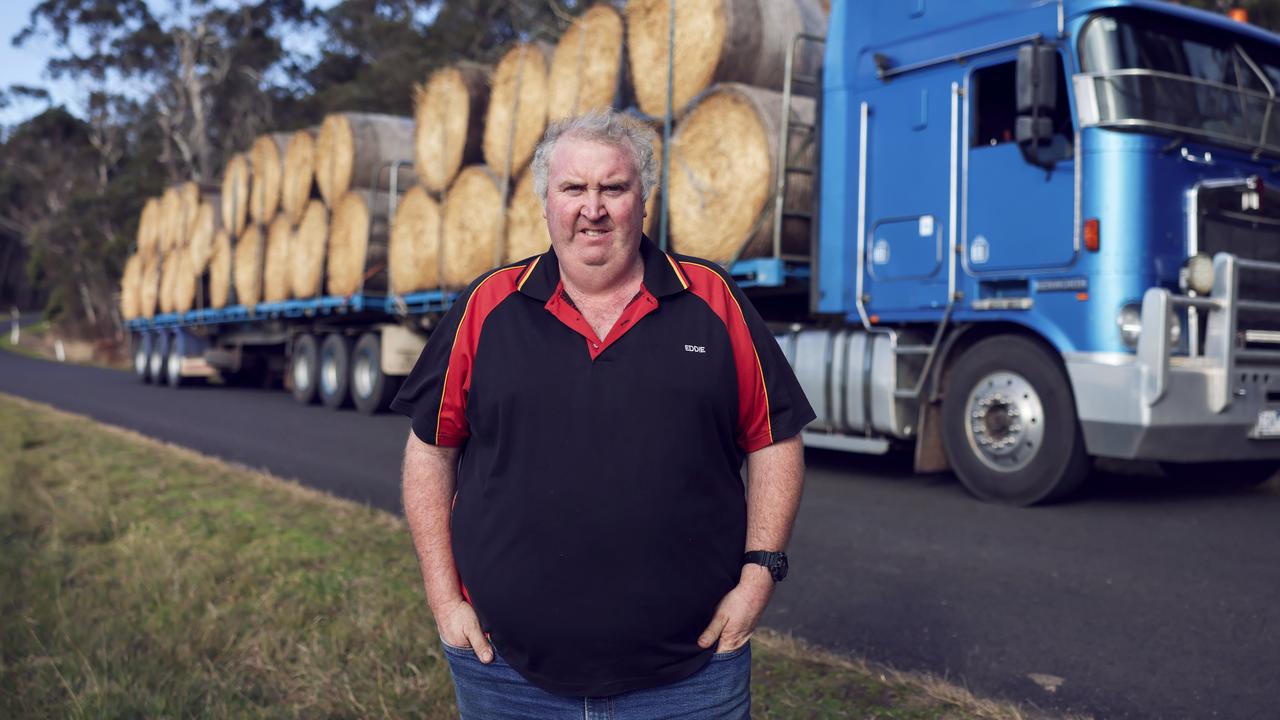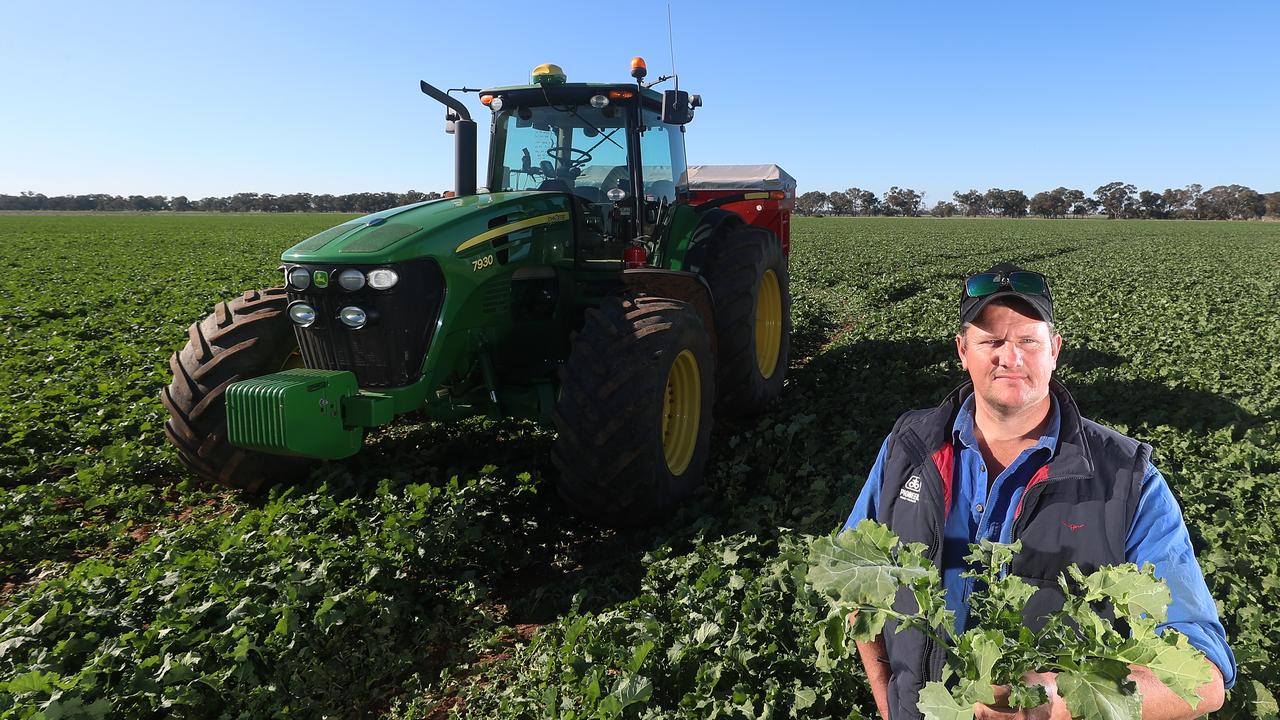Cropping 2023: Lower input costs and strong prices
Lower input costs and strong commodity prices bode well for the 2023 cropping season, coming off a difficult holiday harvest.

Growers are under pressure to prepare for the 2023 cropping season amid ongoing supply chain delays and a short turnaround from a drawn-out summer harvest.
Newly-announced Victorian Farmers Federation grains group president and Berriwillock farmer Craig Henderson said growers were “exhausted” after a difficult harvest, but there was no room for mistakes in this year’s crop preparation.
“It’s been a really hard year in terms of workload. You talk to everybody and they’re tired and worn out.
“We had up to four rust sprays (last season). The harvest dragged on. Headers were getting bogged. It was very difficult, mentally and physically.”
But with global supply chains still takings months to deliver critical parts and inputs, a failure to order critical products could end up costing farming businesses dearly.
“Whether it’s diesel, chemical, fertilisers, spare parts, or machinery … if you don’t have multiple bits of that gear or storage for it, you can be exposed to a critical point of failure for your business,” he said.

Good news for growers this season was the lower cost of urea fertiliser, which, at $695 a tonne, was much more fairly priced than at the same time last year, when the product was nearing a peak of more than $1000 per tonne.
But for growers paying down debt, the rising cost of interest rates was more than making up for the saving, Mr Henderson said.
Grain Producers Australia southern region director Andrew Weidemann said growers were weighing up what to plant this year to make the best use of deep sub soil moisture and avoid disease pressure.
Heavy rainfall across the state last year toppled records and had set growers up for a profitable year if they were able to make use of it, he said.
While Mr Weidemann said many growers were likely to grow canola due to deep soil moisture reserves, Mr Henderson said a drier forecast for the Wimmera and Mallee meant growers were likely to opt for more cereals in their rotation.
Rabobank agricultural analyst Dennis Voznesenski said a bid on canola could pay off this year if growers sold at the right time, but the world was well-supplied with oilseeds after big European and Canadian harvests, so a repeat of last year’s $1000/tonne prices was unlikely.
Wheat prices were also expected to ease into mid-year due to a record Brazilian crop, but any increase in tensions in the Black Sea could send prices higher, Mr Voznesenski said.





